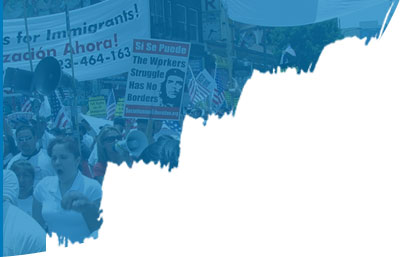
Being Approached in Malls
As 2021 draws to a close, people the world over are looking forward to celebrating the holidays with some semblance of normalcy after nearly two years of Zoom gatherings. Most businesses have reopened, including malls and restaurants, hopefully ushering in a period of economic recovery. Unfortunately, this also means an increased risk for those vulnerable to trafficking, especially during a season when people most often feel the financial crunch of having to provide gifts for loved ones.
In addition to online trolling, anti-trafficking advocates also warn of in-person grooming scenarios, for example, when teens, usually girls, are approached in a shopping area about modeling gigs or other money-making opportunities. The vast majority of these offers are not legitimate, and at worst can lead to kidnapping or enticing the victim into a trafficking situation. Oftentimes the trafficker is not a person who typically sends up red flags but someone non-threatening such as a clean-cut male, perhaps around the girls’ age or even an older woman – who compliments them on their looks or strikes up a casual conversation. In fact, according to a study from the United Nations Office on Drugs and Crime (UNODC), a large portion of the participating countries reported that women make up most of the traffickers as well as the trafficked. The victim sees a friendly female face and is lulled into a false sense of security.
Law enforcement urges parents to educate their children about the dangers, sometimes subtle, that they may encounter, and to take precautions. The guidelines for staying safe are the same for trafficking as they are for any other crime:
- Have their keys in their hands as they walk to their car, not buried in a purse;
- If possible, go to malls in groups and don’t walk in parking structures alone;
- Keep their eyes peeled for suspicious individuals; and
- Carry as few bags as possible.
- Most importantly, remember that anyone can be a trafficker, not just someone who fits some sort of criminal stereotype or make sexual overtures.
Finally, while young girls are most targeted for sexual slavery, adults and persons of any gender can be trafficked as well. Moreover, though it is a much smaller portion (approximately 18%, according to the same report), many people are also trafficked for forced labor in nail salons, factories and so on. All told, about 800,000 people are known to be trafficked each year, though this and other trafficking statistics are believed to be on the low end due to underreporting. The bottom line is, with a crime as insidious and common as this, the best tool we have is spreading awareness, particularly to children, so they can protect themselves not just during the holidays, but all year round.
